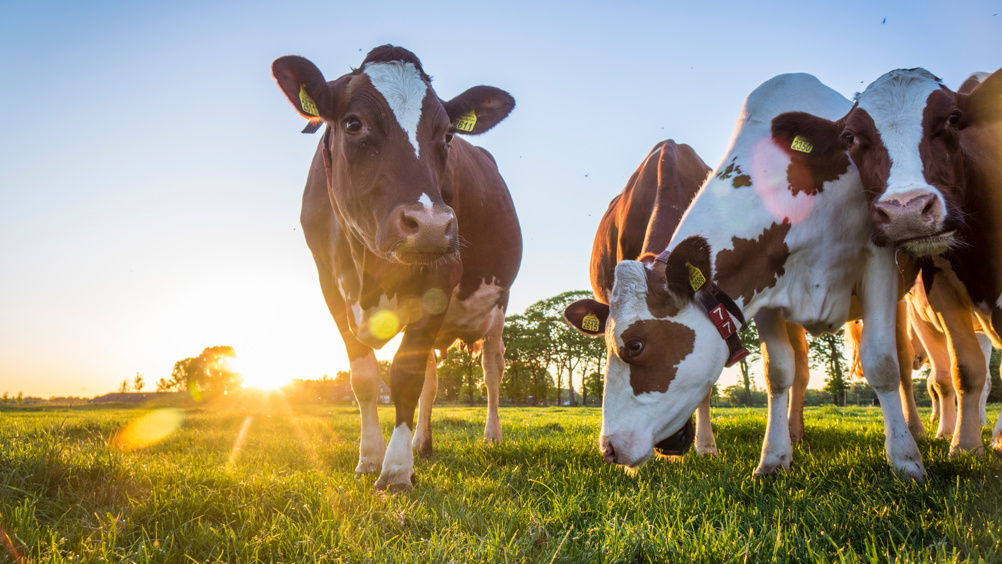References
Managing BVDV at the herd level part 2

Abstract
Bovine viral diarrhoea virus (BVDV) is a costly disease and its eradication is the focus of the English voluntary scheme, BVDFree. The process of identifying a farm as negative or not negative is broken down into four stages using ADAM: assess disease risk; define herd status; action plan for BVD control; monitor progress. This process is based on the long-established protocols defined by Cattle Health Certification Standards. The latter two stages are discussed in this article with the first two discussed in part 1 of this series.
Initial testing will identify the farm as negative or not negative for BVDV. Herds that are not negative will require further testing, which will often take the form of screening for a persistently infected (PI) animal, or ‘PI hunt’, by testing every animal in the herd either directly or indirectly for the presence of virus.
Maintaining and monitoring BVDV status will require ongoing testing, tag and test, or check test at the farmer's choice, and continued attention to biosecurity, especially in negative herds that are not vaccinated.
Bovine viral diarrhoea virus (BVDV) is a common infectious disease of cattle subject to compulsory eradication schemes in many countries, including Scotland and Ireland. Estimated to cost the UK cattle industry £25–61 million pounds annually, it is the most costly single-agent infectious disease (Bennett, 2003). This is a result of its rapid spread within the herd, production losses (particularly due to its impact on fertility) and induction of immunosuppression; increasing incidence of other diseases (calf scour, respiratory disease, mastitis, lameness, infertility) (Evans et al, 2019). For more detail on the economic impact of BVDV, the reader is referred to the systematic review by Yarnall and Thrusfield (2017).
The primary source of the virus is a calf born persistently infected with BVDV (PI calf). They are tolerised to the virus in utero, and produce virus throughout life, in all body secretions. PI calves can die young, but one third of them may survive longer than 2 years (Booth and Brownlie, 2012), and enter into the breeding herd. PI calves are produced when a naïve dam is infected for the first time before 125 days of pregnancy.
Register now to continue reading
Thank you for visiting UK-VET Companion Animal and reading some of our peer-reviewed content for veterinary professionals. To continue reading this article, please register today.

